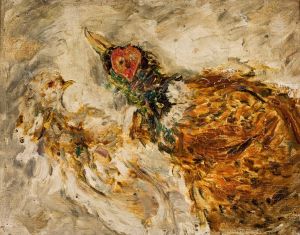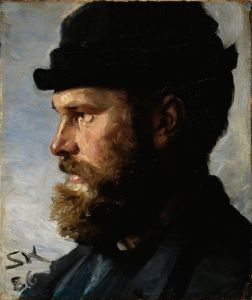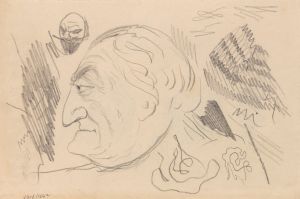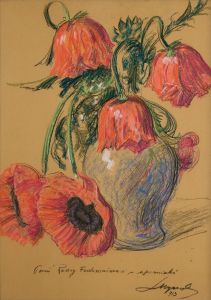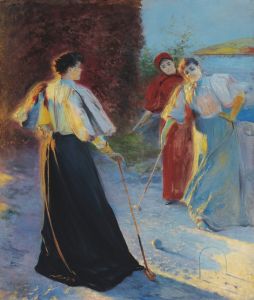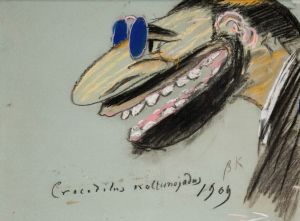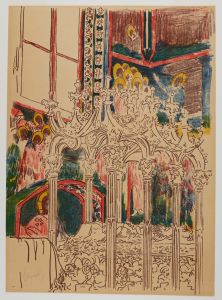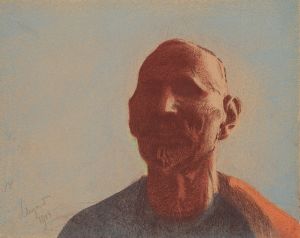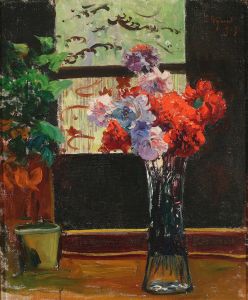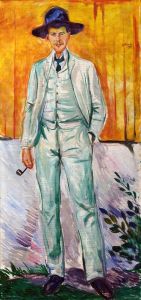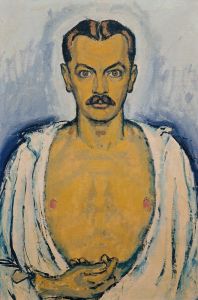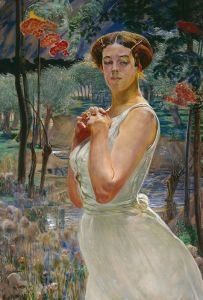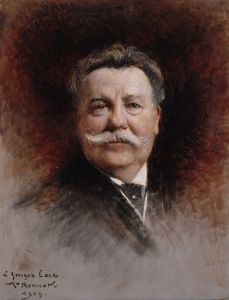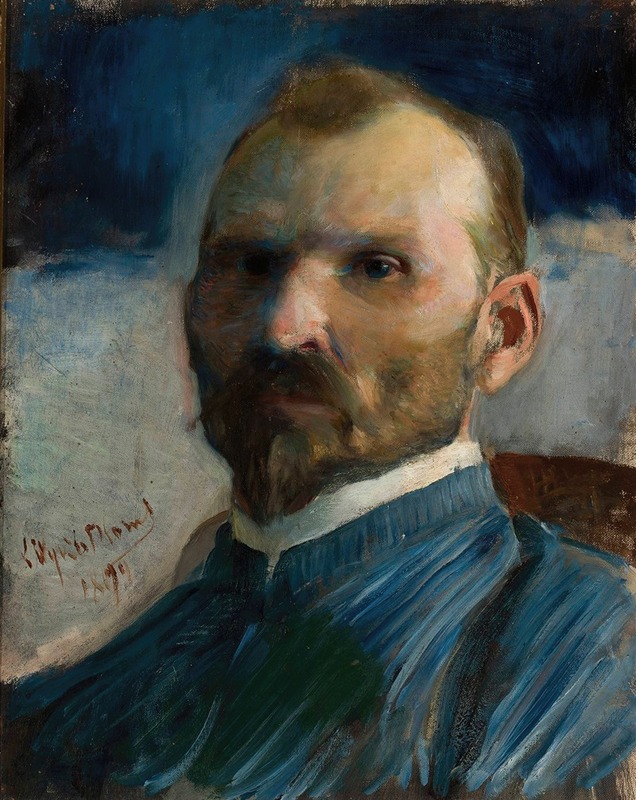
Self-portrait
A hand-painted replica of Leon Wyczółkowski’s masterpiece Self-portrait, meticulously crafted by professional artists to capture the true essence of the original. Each piece is created with museum-quality canvas and rare mineral pigments, carefully painted by experienced artists with delicate brushstrokes and rich, layered colors to perfectly recreate the texture of the original artwork. Unlike machine-printed reproductions, this hand-painted version brings the painting to life, infused with the artist’s emotions and skill in every stroke. Whether for personal collection or home decoration, it instantly elevates the artistic atmosphere of any space.
Leon Wyczółkowski was a prominent Polish painter, known for his contributions to the Young Poland movement and his diverse artistic style, which included realism, impressionism, and symbolism. Among his extensive body of work, Wyczółkowski created several self-portraits that offer insight into his artistic evolution and personal introspection.
The self-portraits by Wyczółkowski are significant as they reflect not only his technical skills but also his ability to convey emotion and character. While specific details about each self-portrait may vary, they generally capture the essence of the artist at different stages of his life. Wyczółkowski's self-portraits are characterized by a keen attention to detail and a deep understanding of light and shadow, which he used to create depth and realism.
Wyczółkowski was born on April 11, 1852, in Huta Miastkowska, Poland. He studied at the School of Fine Arts in Warsaw and later at the Academy of Fine Arts in Munich. His education and exposure to various art movements influenced his style, allowing him to experiment with different techniques and subjects. Throughout his career, Wyczółkowski was known for his versatility, painting landscapes, portraits, and still lifes with equal skill.
His self-portraits are particularly noteworthy for their introspective quality. They often depict the artist with a contemplative expression, suggesting a deep engagement with his own identity and the world around him. Wyczółkowski's use of color and brushwork in these portraits is meticulous, capturing the nuances of his facial features and the texture of his skin and hair.
One of the key aspects of Wyczółkowski's self-portraits is their ability to convey a sense of time and place. Through his choice of clothing, background, and lighting, he situates himself within a specific context, offering viewers a glimpse into his personal and professional life. This contextualization adds layers of meaning to the portraits, making them not only representations of the artist but also reflections of the cultural and historical milieu in which he lived.
Wyczółkowski's self-portraits also demonstrate his mastery of various artistic techniques. He was adept at using both oil paints and pastels, and his works often exhibit a delicate balance between precision and expressiveness. This combination of technical skill and emotional depth is a hallmark of Wyczółkowski's art, and it is particularly evident in his self-portraits.
In addition to their artistic merit, Wyczółkowski's self-portraits hold historical significance. They provide valuable insights into the artist's life and the broader artistic trends of his time. As a leading figure in the Young Poland movement, Wyczółkowski was part of a generation of artists who sought to break away from traditional academic art and explore new forms of expression. His self-portraits reflect this spirit of innovation and experimentation.
Overall, Leon Wyczółkowski's self-portraits are a testament to his skill as an artist and his ability to capture the complexity of human emotion. They remain an important part of his legacy, offering viewers a window into the mind of one of Poland's most celebrated painters. Through these works, Wyczółkowski continues to engage and inspire audiences, demonstrating the enduring power of art to transcend time and connect us with the past.





